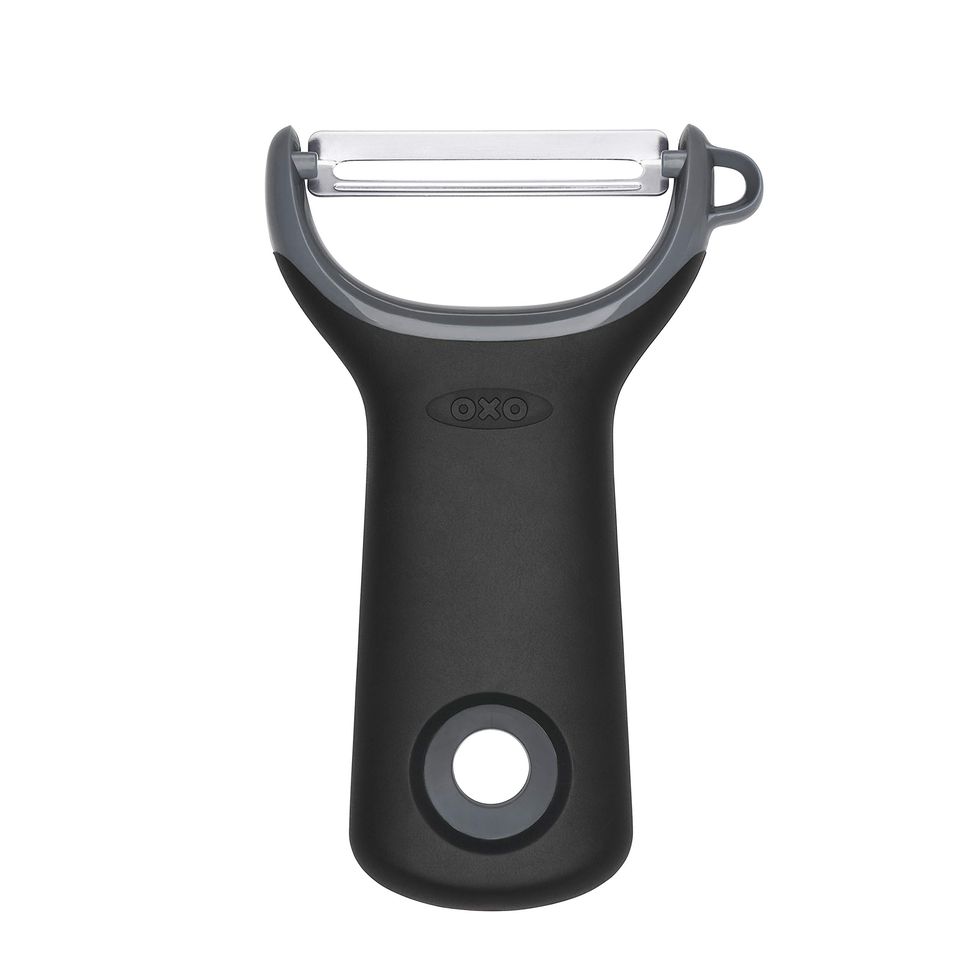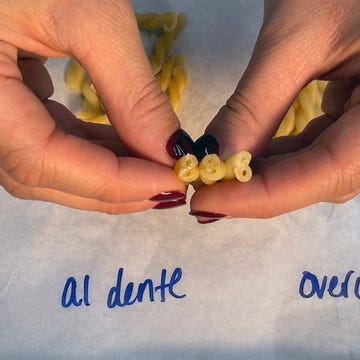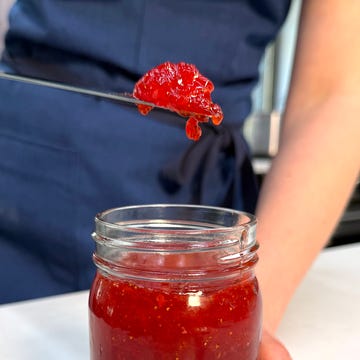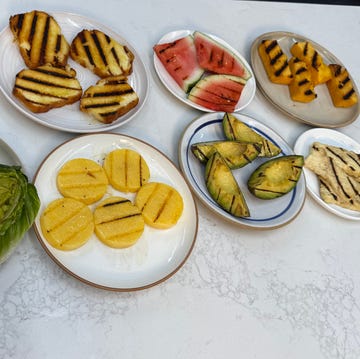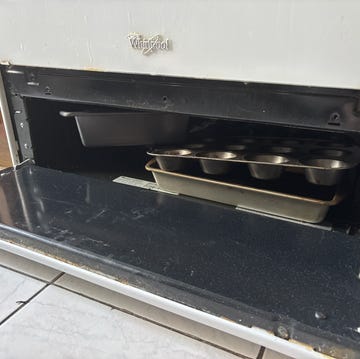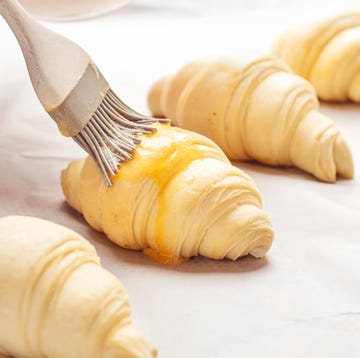Looking for the best way to add extra lemon flavor to baked goods or weeknight dinners? The secret ingredient is lemon zest. While I love the tart, acidic punch that lemon fruit and juice bring, both can be overpowering at times. That’s where lemon zest comes in—it delivers all those sweet, citrusy notes without the extra sourness.
That's why you’ll see many recipes, from lemon cocktails to lemon desserts, calling for lemon zest as well as lemon juice. If you’ve ever wondered why lemon zest is so important—or how to best zest a lemon—we're here to help.
What Is Lemon Zest?
Lemon zest is the yellow, outermost layer of the lemon peel. While we generally think of the fruit or juice of the lemon as holding the most flavor, the natural oil in the zest is actually a great source of that sweet, citrusy essence without any of the classic tartness of lemons. It's important to note that lemon zest is just the outside of the peel, not the white pith beneath. Contrary to popular belief, the pith doesn’t have a bitter taste. It is only when it is abraded with the outer peel that the acid and enzymes combine to create a bitter taste that can be a bit distracting.
What Is The Best Way To Zest A Lemon?
There are many different ways to zest a lemon, so don’t worry if you don’t have every kitchen tool in your arsenal—though after reading this, you may find yourself checking out microplanes on your next shopping trip.
Microplane
The easiest and most convenient way to zest a lemon is by using a microplane, a type of handheld grater with smaller holes perfect for finely grating anything from citrus to garlic and even hard cheeses. To zest a lemon using a microplane, simply hold the microplane in one hand and the lemon in the other. Then, pull the lemon against the plane, rotating as you do so that you don’t grate the pith as well. Holding the microplane so that the face is facing down allows the zest to collect on the back side of the grater, making it easier and less messy to access.
Lemon Zester
A lemon zester is a specific type of tool meant for zesting lemons and other citrus. They tend to be much smaller than microplanes and have a face that has several holes in a straight line, often with another central blade. The smaller holes at the top of the zester are perfect for making several thin, curling strips of zest at a time, while the larger blade in the center is great for slightly larger, longer strips.
Vegetable Peeler
Vegetable peelers are obviously great tools for stripping the unwanted skins of produce, but they are also convenient tools for zesting citrus. Hold the lemon in one hand and pull the peeler across the face, much in the same way as you would when peeling any other produce, and take care not to press too hard so you avoid getting any pith in your strips. These larger strips are great for cocktails, but if you're looking for a finer zest, simply mince the strips to your desired size.
Box Grater
Box graters work similarly to microplanes. However, they have several different sizes of blades for grating, so you have more options for the size of zest that you’d like. Similar to a microplane, you’ll need to turn the lemon as you zest it to ensure you are only shearing off the yellow outer layer of the peel. Personally, box graters are not my favorite tool for zesting, as the zest tends to get stuck in the holes and is a little bit more difficult to remove and collect from the grater. But in a pinch, box graters will get the job done. Looking for more box grater tips? Check out Food Editor Brooke Caison’s top tips for how to get the most out of the common kitchen tool.
Paring Knife
This is more or less your last resort if you don’t have another tool to use. A paring knife will work just fine—but you’ll need to put in a little extra effort, and the zest won’t be as fine. Carefully use the sharp edge of the knife to cut off strips of the peel, then finely chop or mince to a fine zest.
Shop Lemon Zesters
How To Use Lemon Zest
There are so many different recipes and methods for using lemon zest. Zest is commonly used to provide extra, sweet, lemony flavor in baking, sauces, and jams. Larger strips are often used as garnishes in cocktails.
We have a wide variety of recipes that call for lemon zest, like our lemon blueberry cake, blackberry jam, slow-cooker lemon herb chicken, and many other sweet and savory dishes. It is also used as a garnish in many baked goods for a sweet and sour-free citrus note.
How To Store Lemon Zest
You can buy dehydrated lemon zest at your local grocery store, and—though the flavor won’t be as strong—it does last for a very long time and can save you some time in a pinch. I think the best solution, though, is to zest the entire lemon each time you use one and store the zest in an airtight container or freezer-safe bag before popping it into the freezer to freeze for up to three months. For real convenience, you can divide the zest into individual teaspoon portions to avoid the struggle of trying to break the zest off from the entire frozen mass.




